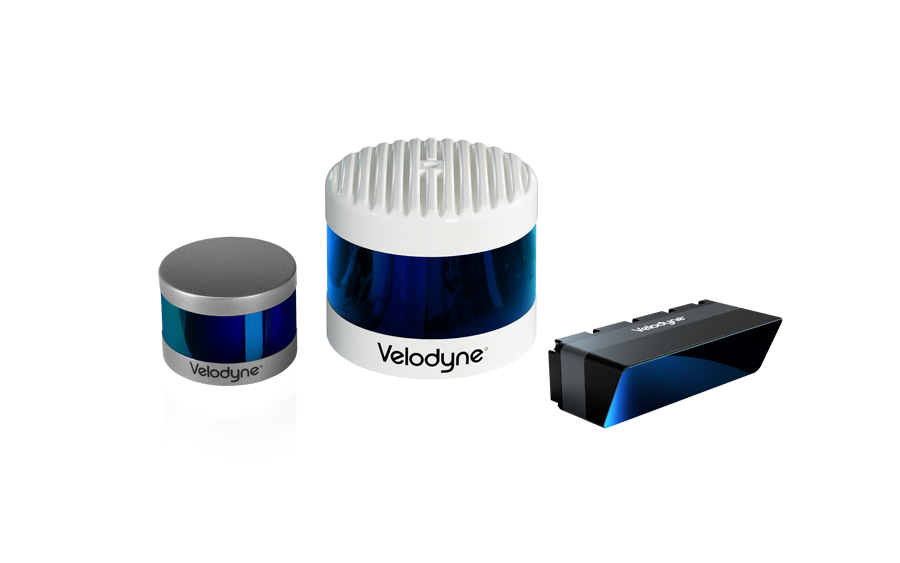In 2013, Jeff Bezos, CEO of online retailer Amazon, unveiled to Charlie Rose on 60 Minutes a research and development program aimed at making deliveries by autonomous drone. Showing octocopters stenciled with the name Amazon Prime Air, he promised 30 minute delivery and stated implementation was hopefully 4-5 years away. “This thing can’t land on somebody’s head while they’re walking around their neighborhood,” said Bezos, identifying a primary challenge facing autonomous drone delivery.i
Three years later, companies continue to buzz about delivery by drone. In July 2016, 7-Eleven partnered with drone delivery company Flirtey for a demonstration of the first legal commercial drone delivery in the United States. Over the course of two flights on July 22nd, a drone flew autonomously for one mile from a 7-Eleven store in Reno, NV to a private residence, delivering a chicken sandwich, donuts, hot coffee, candy, and Slurpees.ii
In August 2016, Google’s secretive drone delivery division, Project Wing, received White House approval to begin testing in the U.S.iii And later that same month, thousands of miles away in New Zealand, Domino’s delivered a pizza by drone.
In August 2016, Google’s secretive drone delivery division, Project Wing, received White House approval to begin testing in the U.S.iii And later that same month, thousands of miles away in New Zealand, Domino’s delivered a pizza by drone.
On August 25th, Domino’s Pizza Enterprises conducted a demonstration in Auckland. A 6-rotor drone lowered a pizza box by wire to three executives waiting near a picnic blanket. An independent international franchiser of the American brand, Domino’s Pizza Enterprises has stated their intention to become the world’s first company to launch regular drone deliveries. In a statement, Domino’s Group CEO and managing director Don Meij said, “It doesn’t make sense to have a 2-tonne machine delivering a 2-kilogram order.”iv
All of these events suggest that the future of drone delivery is fast approaching. Soon, customers might not only receive steaming hot pizza, ice cold beverages, and snacks by drone, but fresh vegetables, best-selling books, and cleaning products. So, how do consumers feel about this future?
On October 11th, 2016, the United States Postal Service Office of the Inspector General released a report entitled “Public Perception of Drone Delivery in the United States.” The 113-page report found that Americans anticipate drone delivery being offered within 5-10 years. And most are interested in the speedy delivery drones promise. However, most Americans do not yet trust drone technology, with malfunction being the primary concern.v

Countless companies and agencies, including Amazon, Google, and NASA, are conducting research so that drones might safely navigate crowded airspaces and avoid, as Bezos suggested, landing on people’s heads. There are 3 primary methods for environmental sensing that allows autonomous aerial drones to detect and avoid objects, vehicles, or people.
Currently, the most common method is optical sensing, which involves on-board navigational cameras and a computer to interpret the visual feed and provide responsive directional commands. One benefit is that modern cameras are very small. Meanwhile, downsides include limited visible distance, inability to detect all objects, and the need for sizable hardware and power sources to process the robust data-streams
A second option is radar, which uses the reflection of radio waves off objects to navigate. One benefit of radar is it offers long detection ranges, especially for larger drones operating at higher altitudes and over longer distances. Recently, several start-up companies have been developing compact radar systems for use with autonomous aerial drones. Such companies claim they can detect and avoid objects over 1 km away. Limiting factors include wide signal beam divergence, meaning less exact sensing—essentially radar can usually recognize that “something” is out there, but can’t pinpoint exactly what that something might be. Another liming factor is that system sizes and on-board power sources can be quite large, though sizes have recently begun to shrink. Finally, and particularly in dense urban environments, the potential exists for interference from other radio wave sources, such as cell phones & towers, wireless internet signals, other radar systems, and so forth.
The third, and increasingly popular choice, is LiDAR, which emits short laser pulses and calculates distance by timing the rebound off objects. One advantage is speed, since LiDAR sensing instantly creates a 3D distance map. In contrast, optical sensing first requires computer processing to interpolate the 2D image. Another upside of LiDAR is the pinpoint accuracy with which lasers sense objects, allowing for greater resolution and object identification. For a long time, a downside of LiDAR was hardware size, but technological developments have continued to reduce on-board forms.
Recently, Velodyne LiDAR introduced the Puck Lite which weighs only 20 ounces and is roughly the size of two stacked hockey pucks. Innovations such as the Puck Lite suggest that soon pizza may descend from the skies. And a drone with a LiDAR sensor, about the size of a coffee mug, may deliver your morning latte.
sources:
i “Amazon’s Jeff Bezos looks to the future” 60 Minutes
ii “7-Eleven just used a drone to deliver a chicken sandwich and Slurpees” Fortune
iii “White House: Alphabet’s X will start testing delivery drones in U.S.” CNN Money
iv “Domino’s is one step closer to delivering pizzas by drone” Fortune
v “Public Perception of Drone Delivery in the United States” United States Postal Service Office of the Inspector General

Velodyne Lidar (Nasdaq: VLDR, VLDRW) ushered in a new era of autonomous technology with the invention of real-time surround view lidar sensors. Velodyne, a global leader in lidar, is known for its broad portfolio of breakthrough lidar technologies. Velodyne’s revolutionary sensor and software solutions provide flexibility, quality and performance to meet the needs of a wide range of industries, including robotics, industrial, intelligent infrastructure, autonomous vehicles and advanced driver assistance systems (ADAS). Through continuous innovation, Velodyne strives to transform lives and communities by advancing safer mobility for all.